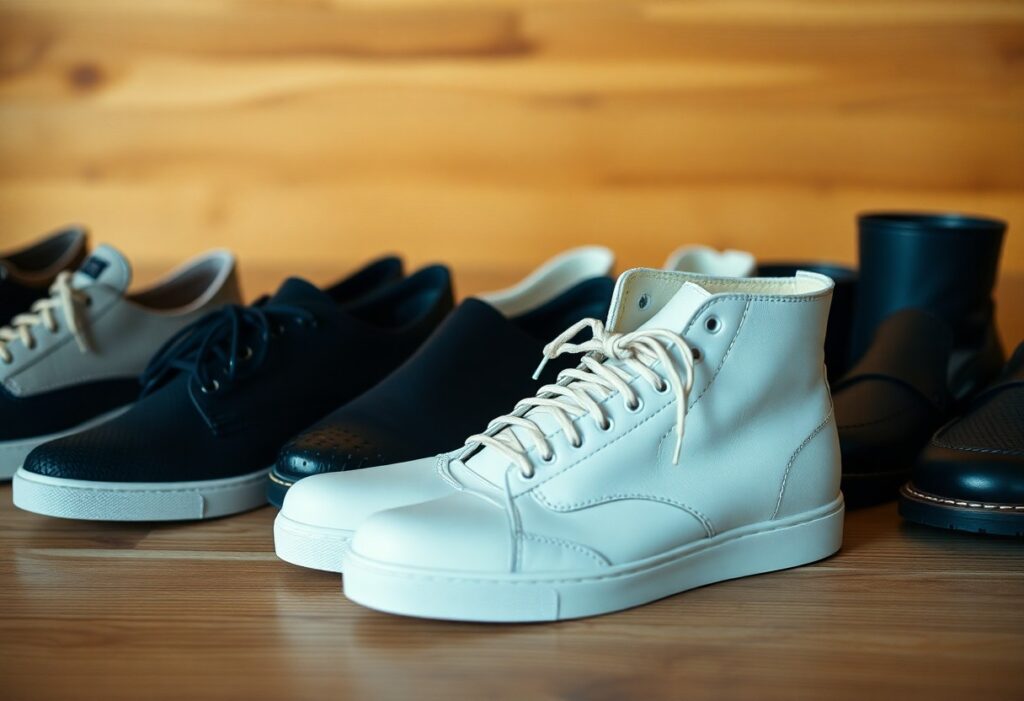
As you consider switching to minimalist shoes, you may wonder what to look for in a pair. With so many options available, it can be overwhelming to choose the best ones for your needs. You want shoes that will allow your feet to move naturally, with a flexible sole and no unnecessary arch support. By choosing the right minimalist shoes, such as Xero Shoes or barefoot shoes, you can experience the benefits of natural movement and improved foot strength.
Understanding Minimalist Shoes
To choose the best minimalist shoes, you need to understand what they are and their benefits.
What are Minimalist Shoes?
Minimally, shoes that are minimalist let your feet do what’s natural – bend, flex, move, and feel the world. These shoes are designed to provide a natural movement experience.
Benefits of Minimalist Shoes
You will experience increased foot strength and better balance when wearing minimalist shoes.
Shoes like Xero Shoes allow your feet to move naturally and freely, which can help reduce the risk of injury and plantar fasciitis. By wearing minimalist shoes, you can strengthen your foot muscles and improve your overall foot health. This can lead to better performance and reduced discomfort in your daily activities.
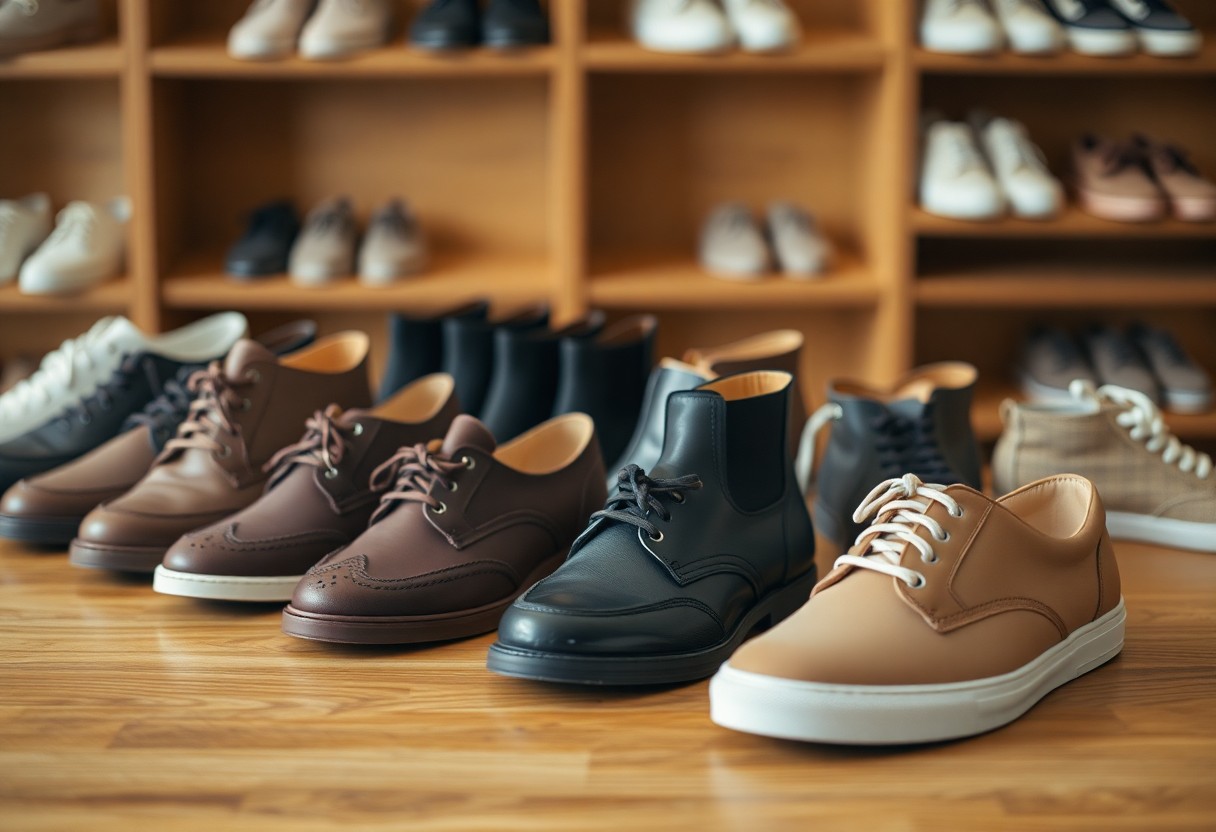
Factors to Consider When Choosing Minimalist Shoes
While selecting minimalist shoes, you need to consider several factors, including
- comfort
- support
- flexibility
The key is to find a balance between these factors to ensure a pleasant walking or running experience. The right minimalist shoes can make a significant difference in your overall comfort and performance.
Arch Support and Motion Control
One of the primary concerns when choosing minimalist shoes is arch support and motion control. You may think you need arch support, but research shows that it can actually weaken your feet over time. Instead, look for shoes that allow your feet to move naturally.
Sole Flexibility and Ground Feel
The sole flexibility and ground feel of your minimalist shoes are imperative for a comfortable and natural walking or running experience. You want to be able to feel the ground beneath your feet, which can help improve your balance and overall performance.
Choosing the right minimalist shoes with sole flexibility and ground feel can be a bit challenging, but it’s worth it. Xero shoes and barefoot shoes are great options to consider, as they offer a natural and comfortable fit. With minimalist shoes, you can experience the freedom and fun of walking or running with a more natural stride, which can lead to reduced injuries and improved performance. By selecting the right minimalist shoes, you can take the first step towards a more natural and healthy lifestyle.
How to Transition to Minimalist Shoes
Even when you’re excited to start wearing minimalist shoes, it’s vital to do it gradually. Transitioning too quickly can lead to discomfort or injury.
Tips for a Smooth Transition
When Transitioning to minimalist shoes, you should start by wearing them for short periods, like an hour or two, and see how you feel. Here are some tips to help you:
- Start with short distances and gradually increase the time you wear your minimalist shoes.
- Focus on relaxing as you walk to avoid overusing muscles.
- Listen to your body and rest when you need to.
Recognizing your body’s limits is key to a successful transition.
Even with the best intentions, mistakes can happen.
Common Mistakes to Avoid
Even experienced runners and walkers can make mistakes when transitioning to minimalist shoes. Avoid overdoing it and ignoring discomfort. If you experience pain or discomfort, stop and rest. Wearing minimalist shoes that are too thin or too flexible can also lead to problems. Avoid neglecting your foot strength and ankle mobility, as these are critical for a successful transition to minimalist shoes.
Avoid rushing into minimalist shoes without proper preparation. When starting with minimalist shoes, it’s vital to start slowly and listen to your body. You can begin by wearing them for short periods, like an hour or two, and gradually increase the time as your feet and legs adjust. Xero Shoes are a great option for those looking for high-quality minimalist shoes that promote natural movement and foot strength. By taking the time to transition correctly and choosing the right shoes, you can enjoy the benefits of minimalist shoes, including reduced injury risk and improved foot health.
Types of Minimalist Shoes
Once again, you have many options when it comes to minimalist shoes, including running shoes, casual shoes, and sandals. Here are some key features:
| Shoe Type | Features |
|---|---|
| Running Shoes | Zero-drop, flexible sole |
| Casual Shoes | Low-to-the-ground design, foot-shaped |
| Sandals | Thin sole, no arch support |
| Barefoot Shoes | No heel lift, very flexible |
| Minimalist Shoes | Lightweight, low stack height |
This will help you choose the best shoe for your needs.
Running Shoes
Likewise, when it comes to running, you want shoes that will allow your feet to move naturally. Look for shoes with a zero-drop sole and a flexible design.
Casual Shoes and Sandals
Casually, you can wear minimalist shoes for everyday activities. Look for shoes with a low-to-the-ground design and a foot-shaped toe box.
Sandals are a great option for warm weather. Sandals with a thin sole and no arch support can be a great choice. They allow your feet to move naturally and feel the ground. You can wear them for hiking, walking, or just hanging out. Xero Shoes are a great example of minimalist sandals that are comfortable and versatile. They have a zero-drop sole and a flexible design, making them perfect for natural movement. Be aware that transitioning to minimalist shoes can take time, so start slowly and listen to your body. With the right shoes, you can reduce your risk of injury and improve your overall foot health.
How to Choose the Best Minimalist Shoe for Your Needs
Despite the variety of minimalist shoes available, you can find the perfect pair by considering your needs and preferences. You should think about your foot type, activity level, and the terrain you’ll be walking or running on. This will help you narrow down your options and choose a shoe that provides the right amount of support and flexibility.
Considering Your Activity Level and Terrain
Clearly, your activity level and the terrain you’ll be on will play a big role in choosing the best minimalist shoe. You should think about whether you’ll be walking, running, or doing other activities, and whether you’ll be on trails, roads, or other surfaces. For example, if you’ll be running on trails, you may want a shoe with a bit more protection and traction, such as Xero Shoes, which offer a zero-drop platform and a flexible sole.
Evaluating Shoe Features and Quality
Assuming you’ve considered your activity level and terrain, you can start evaluating the features and quality of different minimalist shoes. You should look for shoes with a low-to-the-ground design, a foot-shaped design, and a thin sole that allows you to feel the ground. You should also consider the materials used, the weight of the shoe, and the overall construction quality.
For instance, Xero Shoes are known for their high-quality materials and durable construction, making them a great option for those who want a long-lasting minimalist shoe. Additionally, their zero-drop platform and flexible sole make them ideal for natural movement and barefoot-style walking and running. By considering these factors, you can find a minimalist shoe that meets your needs and provides the right amount of support and flexibility, helping you to reduce your risk of injury and improve your overall foot health.
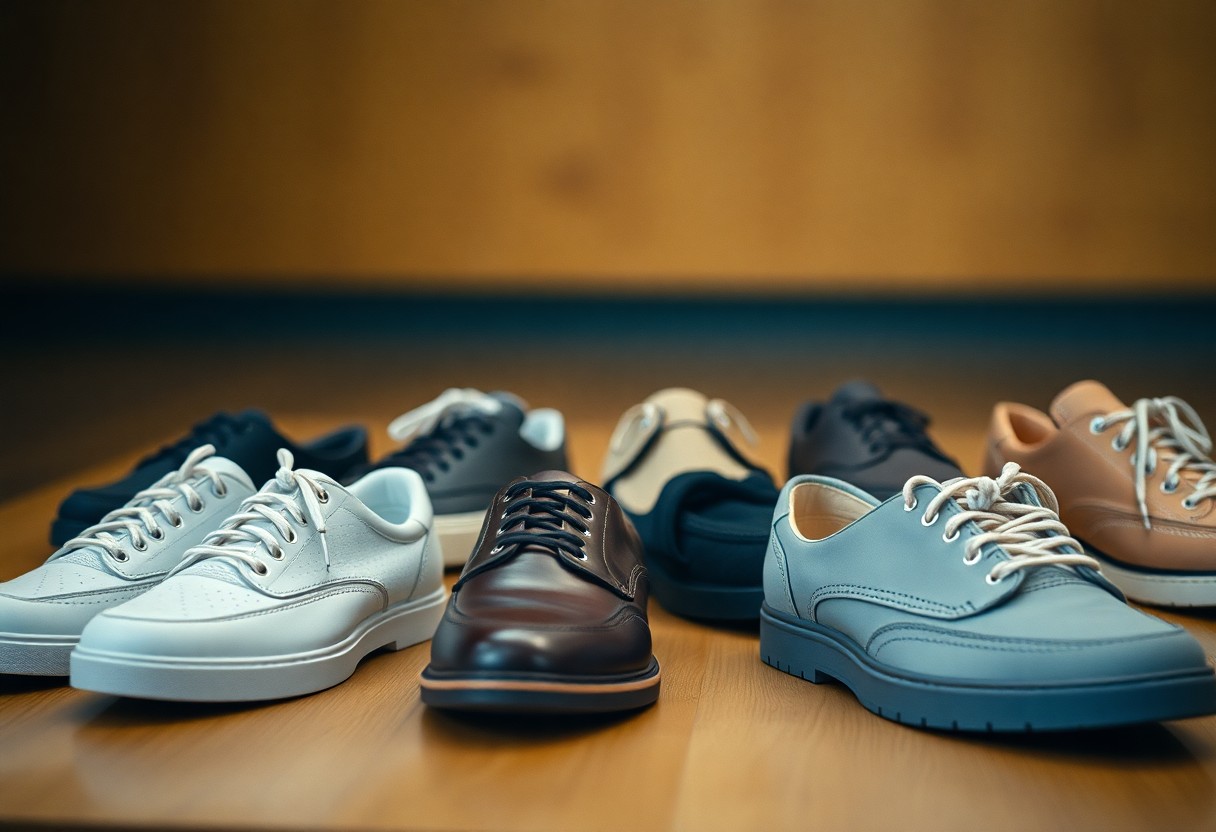
Debunking Common Myths About Minimalist Shoes
Now that you’re considering minimalist shoes, it’s important to separate fact from fiction. Many misconceptions surrounding minimalist shoes can be misleading, and understanding the truth will help you make an informed decision.
Addressing Concerns About Arch Support and Injury
Certainly, you may have concerns about arch support and injury when switching to minimalist shoes. However, research shows that arch strength is more important than arch height, and using your feet naturally can help improve foot muscle strength, reducing the risk of injury.
Separating Fact from Fiction
Common misconceptions about minimalist shoes can be misleading. For instance, pronation does not cause problems and injuries, and motion control shoes may actually be the cause of running injuries. Understanding the facts will help you make an informed decision when choosing minimalist shoes.
Understanding the differences between minimalist and traditional shoes is key to making the right choice. While traditional shoes often have excessive cushioning and motion control, minimalist shoes like Xero Shoes have zero-drop, flexible soles, and low-to-the-ground design, allowing your feet to move naturally. By choosing the right minimalist shoe, you can reduce the risk of injury and improve your overall foot health. Remember to transition slowly to minimalist shoes to avoid discomfort and listen to your body to ensure a smooth transition.
Conclusion
Ultimately, you have the power to choose the best minimalist shoes for your needs. Consider what activities you will be doing in your shoes and prioritize features like flexibility, a low-to-the-ground design, and a foot-shaped toe box. Look for shoes with zero-drop or a low heel-to-toe differential, and opt for a thin sole that allows you to feel the ground. By choosing a high-quality minimalist shoe, such as Xero Shoes, you can promote natural movement and potentially reduce the risk of injury, while enjoying the comfort and benefits of barefoot-inspired footwear.

FAQ
What are the key features of minimalist shoes?
A truly minimalist shoe, like Xero Shoes, typically has a zero-drop heel, a very flexible sole, a low-to-the-ground design, a foot-shaped design, no unnecessary arch support, and a thin sole that lets you feel the ground while providing protection.
Can I run in minimalist shoes?
Yes, you can run in minimalist shoes. Many people use Xero Shoes for running, walking, hiking, and other activities. As your feet get used to doing what’s natural, you can use minimalist shoes for almost everything you do. However, it’s vital to transition slowly and start with short runs to allow your muscles to adapt.
Do minimalist shoes help reduce injury?
The premise of minimalist shoes is that a more natural movement style will reduce injuries. Anecdotal evidence and research suggest that traditional padded, motion-controlled, arch support running shoes may be the cause of running injuries, and truly minimalist shoes could be better. However, more research is needed to definitively answer this question.

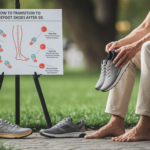
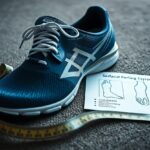



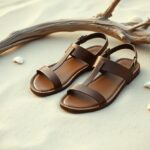

I’ve recently made the switch to minimalist shoes, and it truly has been eye-opening. I initially hesitated to try them because I was used to the cushioning and support from traditional sneakers. But once I started wearing a pair of Xero Shoes on my daily walks, I noticed a real difference in how my feet felt during and after exercise.
The exploration of minimalist shoes aligns perfectly with the growing trend towards natural movement and foot health. Personally, I’ve found that transitioning to minimalist shoes has not only improved my foot strength but also enhanced my overall posture and balance during activities like running. It’s fascinating how these shoes can encourage a more mindful approach to movement, prompting us to reconnect with our body’s natural mechanics.
I completely resonate with your experience regarding minimalist shoes and the benefits you’ve found in foot strength, posture, and balance. It’s interesting how something that seems so simple, like footwear, can have such a profound impact on our movement and overall health.
I recently came across some lightweight hiking boots that really complement that natural movement philosophy we’ve been discussing—perfect for anyone looking to enhance their foot health on trails.
‘Xero Shoes Lightweight Hiking Boots: Weighing in at Under 14oz’
https://myshoesfinder.com/xero-shoes-lightweight-hiking-boots-under-14oz/.
I completely agree with you about the transformative effects of minimalist footwear. It’s fascinating how our choice of shoes can directly influence not just our foot health but our entire body mechanics. I’ve found that when I switched to a more minimalist style, my awareness of my posture improved significantly. It made me realize how much we adapt to the restrictions of more traditional footwear, which sometimes inadvertently places stress on our bodies.
I recently discovered an insightful piece on barefoot options for women that really dives into how the right footwear can enhance our natural movement—perfect for those interested in foot health and comfort.
‘WOMEN’
https://myshoesfinder.com/barefoot-shoes-women/.
It’s interesting how the shift towards minimalist shoes really opens up discussions about how we interact with our bodies and the ground beneath us. I’ve also experimented with them and experienced similar benefits, particularly with regard to my foot strength and agility. It really makes you think about how much our shoes can alter our natural movements.
I recently came across some great tips on finding the perfect shoe size, which really complements my journey with minimalist shoes and how they’ve helped me embrace a more natural movement.
‘How to know if you’re wearing the right shoe size signs and tips for a perfect fit’
https://myshoesfinder.com/signs-and-tips-for-the-right-shoe-size/.
It’s fascinating how the conversation around minimalist shoes can really highlight our connection to movement and the surfaces we engage with. When we shift to footwear that promotes natural movement, we often discover just how much our shoes can shape our overall experience and biomechanics. It sounds like your journey with minimalist shoes has been pretty rewarding for your foot strength and agility. Those small but significant benefits can change how we approach not just running, but everyday activities too.
I completely relate to your experience with minimalist shoes and the shift towards natural movement. It’s interesting how these shoes serve as a reminder to be more aware of our bodies. I also found that once I made the switch, my running style changed—my stride became lighter, and I noticed an improvement in how I connect with the ground beneath me.
I recently came across some insightful strategies for joint preservation that really dive into how minimalist shoes, like Xero, can support foot health and improve overall movement, which sounds right up your alley.
‘Xero Shoes for Arthritis: 2025 Joint Preservation Strategies’
https://myshoesfinder.com/xero-shoes-2025-arthritis-joint-strategies/.
Your discussion about minimalist shoes really resonates with me. I remember when I first made the switch from traditional running shoes to a more minimalist design. Initially, I felt a bit of apprehension—would my feet feel supported enough? However, my experience has been incredibly enlightening.
It’s interesting to hear about your journey into minimalist shoes. That initial apprehension is something many people share. I think it’s natural to worry whether those lightweight designs can offer proper support, especially when we’ve spent years in cushioned shoes that promise all sorts of benefits.
I can really relate to your experience of switching to minimalist shoes. That initial apprehension is a common feeling, and it’s fascinating how our minds can often prioritize support over the natural movement of our feet. I had a similar journey—when I first tried them, I was surprised by how different my running experience was.
It’s interesting how our minds can create a sense of security around traditional footwear, isn’t it? The transition to minimalist shoes definitely requires a shift in perspective. I remember my first few runs feeling almost surreal, like I was reconnecting with something primal. It’s as if the shoes allowed my feet to actually communicate with the ground rather than just being encased in support.
This discussion on minimalist shoes really resonates with me. I made the switch to a more natural footwear style last year, and it’s fascinating how much it has changed not just my running routine, but my overall foot health. I noticed that my arches have become stronger, and my balance has improved significantly. Initially, I was cautious about giving up the extra support, but I’ve found that my feet enjoy the freedom to flex and adapt to different terrains.
It’s great to hear about your experience with switching to minimalist shoes. I’ve also noticed a shift in my own running routine since I switched a while back. At first, it felt a bit strange to let my feet move more freely without the typical cushion, but over time, I found that my body adapted in ways I didn’t expect. My arches definitely felt stronger, too.
Your insights on minimalist shoes resonate with my own experience as I’ve transitioned to a more barefoot-oriented approach in my footwear choices. Initially, I was skeptical about the lack of arch support; however, I’ve found that the adaptability of my feet has improved significantly. It’s interesting to consider the broader implications of this shift towards minimalism—not just in footwear but also in lifestyle choices.
It’s interesting to see the growing interest in minimalist shoes and their benefits for foot health! When I made the switch a couple of years ago, I was surprised by how quickly my feet adjusted to the new freedom of movement. Initially, I thought it would take longer to adapt, especially since I had been wearing more traditional shoes for so long.
I really appreciate how you broke down what to look for in minimalist shoes, as it can definitely feel like navigating through a sea of options. I switched to minimalist shoes a couple of years ago, and it truly transformed my running experience. I initially hesitated because I worried about the lack of cushioning, but I’ve found that it actually improved my posture and foot strength over time.
It’s fascinating to hear about your experience with minimalist shoes. The transition can be quite the journey for many runners. Your concern about cushioning is a common one. Many people equate cushioning with comfort, but those initial fears can turn out to be misplaced when they experience the benefits of a more natural running style. Improved posture and stronger feet are often overlooked advantages that come with this shift.
It’s really cool to hear how switching to minimalist shoes changed your running game. It seems like many people have that initial hesitation about cushioning, but your experience highlights a pretty important point: sometimes less really is more when it comes to footwear.
Your exploration of minimalist shoes truly touches on an experience I have come to deeply appreciate. Transitioning to minimalist footwear has been one of the most empowering decisions I’ve made for my overall foot health and movement capabilities. It’s fascinating how our footwear choices can shape not just our comfort, but our biomechanics and even mindfulness when it comes to how we move through the world.
It’s really great to hear how transitioning to minimalist footwear has made such a positive impact on your life. It’s interesting to think about how something as simple as our shoe choice can influence not only our foot health but also our entire way of moving through the world.
Your insights on minimalist shoes resonate deeply with my own experiences as I transitioned from traditional footwear to a more minimalist approach. Initially, I was apprehensive about making the switch, particularly regarding the perceived lack of support. However, after giving brands like Xero Shoes a try, I began to appreciate the emphasis on natural foot movement that they promote.
It’s interesting how a switch in footwear can influence our entire experience of movement. I remember my own journey from traditional shoes to minimalist options was filled with a mix of curiosity and skepticism, much like yours. The first few runs felt strange—my feet working in ways they weren’t used to, and I couldn’t shake that feeling of vulnerability without the usual cushioning.
It’s fascinating how footwear can create such a distinct shift in our experience of movement. Your journey from traditional to minimalist shoes resonates with me. I remember feeling that same mix of curiosity and skepticism, especially when I first transitioned. The sensation of the ground beneath your feet is so different, almost like reconnecting with a primal instinct, but it also exposes you in a way that can be a bit disconcerting at first.
You hit the nail on the head with that mix of curiosity and skepticism. It’s like walking into a surprise party where you’re not quite sure if it’s a party or a trap. I remember my early days too—my first run in those minimalist shoes felt like a toddler learning to walk; I half expected someone to catch me when I inevitably stumbled.